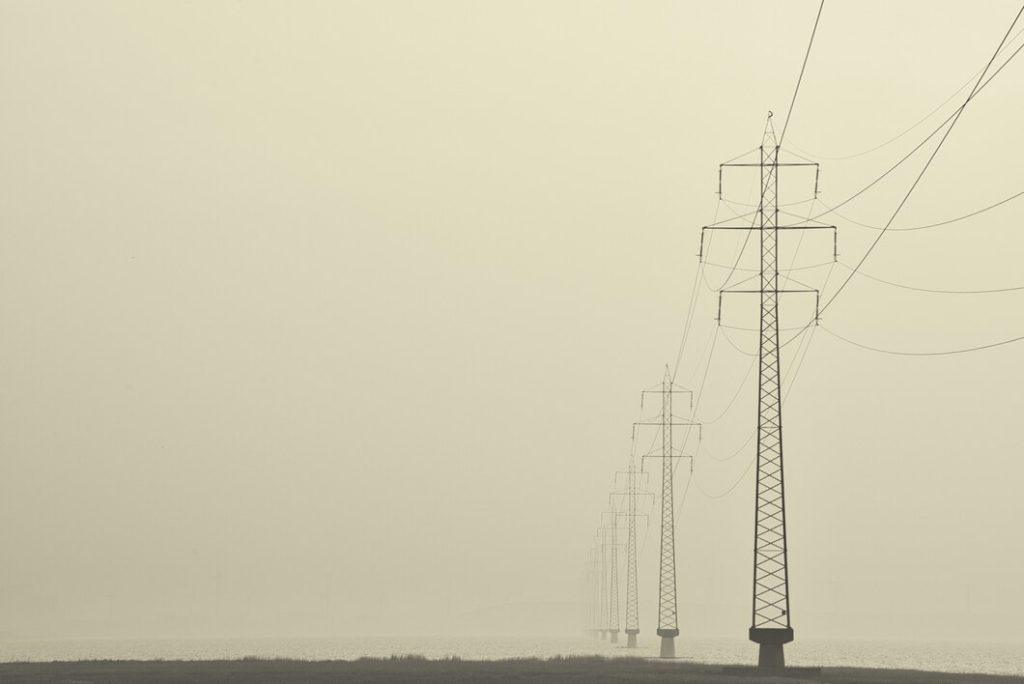What is Transmission Tower? The Backbone of Power Distribution
2025-03-07
What is a Transmission Tower?
Electricity isn’t only in your home and daily life; it’s everywhere. It’s in your workplace, factories, and other public areas buzzing with electricity. But have you ever thought about what is transmission tower and how power from a generating station reaches your door? One answer is transmission towers—those huge metal structures that transfer power over extensive ranges.
Transmission Tower Summary:
A Transmission Tower is a large metal structure raised above the ground that supports electricity lines and transmits high voltage. It is an element of the electrical grid that transports transmission wires to substations and utility companies. The support elements of the transmission tower connect the cables that transmit electricity over extended lengths.
Purpose of the Transmission Towers:
Transmission towers, electricity pylons, and power line towers are the faces of electrical energy transmission and distribution. They are sturdy enough to support the weight of the wires that make up the transmission line and are subsequently installed to withstand extreme weather conditions, from gusting winds and torrential rain to oppressive heat and frigid cold.
Transmission towers have been constructed for transmission. They are found in urban, suburban, and rural cities—down dirt roads and in the most remote locations—which means transmission occurs where it practically can. The power grid would be massively ineffective without transmission towers.
Transmission purpose
- Facilitates High Voltage Transmission:
Transmission towers facilitate high voltage transmission (110 kV and above; 1,000 kV+)
They maintain the overhead lines and do so in a timely fashion that reduces opportunities for electrocution (short-term or long-term) while ensuring reliable access to energy.
- Energy System Connectivity:
The electric grid is one large energy system from generation to substations and transformers, all being connected by transmission towers.

Types of Transmission Towers:
There are many types of transmission towers, and the categories stem from their function, position, load, and other situational variables. The most popular types of transmission towers are as follows:
- Lattice Transmission Towers
The most common design is lattice transmission towers. These are steel grid-like, open structures with a heavy load-bearing configuration for high-voltage transmission lines. - Monopole Transmission Towers
Where monopole transmission towers differ from lattice is that these are a single, vertical transmission pole. Monopole towers can be concrete or steel and are used when space is limited or where positioning requires aesthetic appeal. - Guyed Transmission Towers
Guyed transmission towers are upright structures held by not only a vertical pole but also guide wires (‘guys’) that are anchored to the ground. These are more common in rural or less populated regions where a lightweight but stabilized design works best. - Self-Supporting Transmission Towers
These towers are free-standing. They do not require guy wires and are commonly found in more urbanized areas or places where independent support exists and no further support is needed.
Components of a Transmission Tower
What is transmission tower and its components? A transmission tower is not one singular object; it is made up of pieces that, when combined, bolster and insulate for energy transfer.
- Insulators: Prevent the conductors from touching the tower, keeping the electrical current contained within the power lines.
- Crossarms: Hold the conductors and help keep them separated.
- Foundations: The base of the tower goes below ground for added stability. There are different foundations based on the height of the tower and regional location.
- Conductors: The wires that carry the electricity from point A to point B.
- Hardware: Nuts and bolts and metal detritus that hold everything in place. Transmission Tower Design and Construction.
Transmission Tower Design and Construction
- When constructing a transmission tower, it’s not a shot in the dark. It takes careful engineering consideration. There are factors like load—how much load needs to be considered- location, and parts/materials.
- Transmission tower safety and maintenance. Regarding materials for transmission towers, steel transmission towers consist of steel with a high strength-to-weight ratio and durability; however, aluminum or concrete may be the material of choice due to regional environmental concerns for the transmission tower and the potential for loading.
- However, regarding design, this is more for aesthetics, meaning the structure must withstand high-wind loading, snow loading with ice, and even the possibility of seismic loading. Designs must take all of this into account, and the materials used must champion electrical qualities and insulation concerns needed for such transfer of power.
Upholding the Structure and Condition of Transmission Towers:
It reduces risks for line workers who need to climb them for repairs and adjustments, in addition to creating a consistent, balanced transmission. Assessing conditions and applying preventative measures reduce corrosion and issues related to the apparatus and structural elements. Safety includes:
- Assessments:
To determine wear and tear that could be problematic for safety in the future.
- Corrosion Prevention:
Transmission towers can rust due to saltwater and ocean air. A treatment can extend longevity.
- Insulator and Tower Dusting:
Dusting towers and insulators minimize dust and debris from creating negative conduction issues.
Environmental Concerns of Transmission Towers:
Environmental Concerns of Transmission Towers:
Environmental concerns of transmission towers largely do not exist anymore. For example, concerns regarding new transmission lines and towers are related to new energy sources and newly cleared power line corridors through forests and natural habitats. However, this is not a significant concern anymore for several reasons:
- Aesthetics
New transmissions and transmission towers are constructed to avoid such concerns in the first place through camouflage and minimizing aesthetic pollution.
- Other Energy Sources
Many of the transmission lines exist because solar and wind power as new—not so new—energy sources.
They are essential because the necessary power increases and metering the expansion of the power line network needs to expand as well. The high-voltage transmission towers enable power to go further without as much attenuation over distance.
Conclusion:
What is transmission tower? Without transmission towers, there is no skeleton for any electrical grid required to properly and safely transmit from one location to another. The longer technology is around, the more the industry will require better, safer, and more effective transmission systems. Visit XY tower to get these towers.

Привет, я Чуньцзянь Шу
"X.Y. Tower: Надежные, инновационные решения для высококачественных башен и электрооборудования с профессиональным сервисным обслуживанием.
